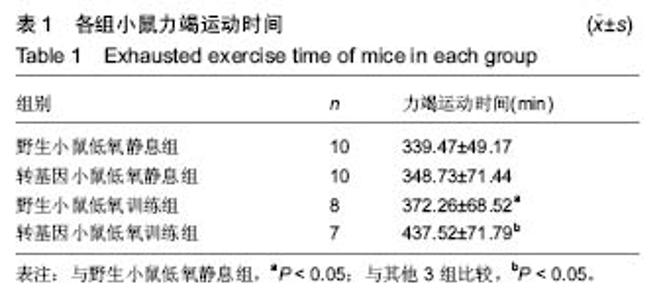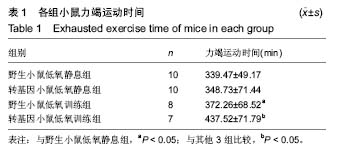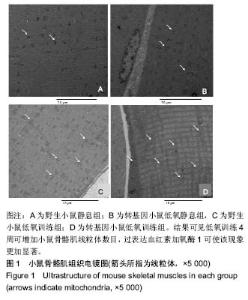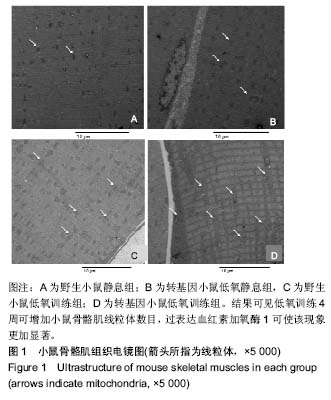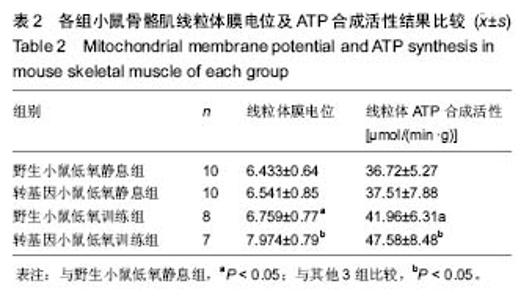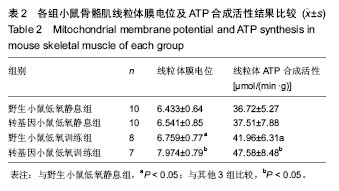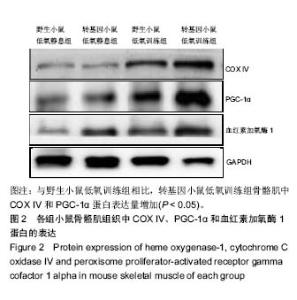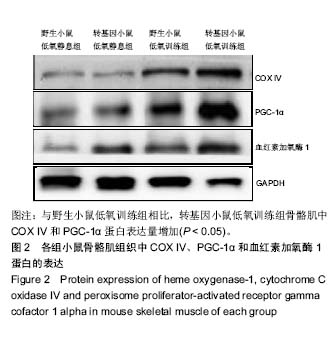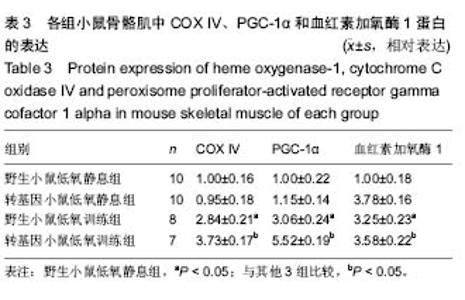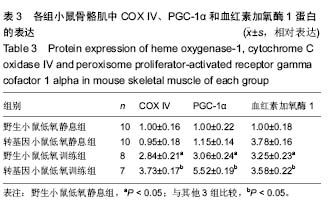| [1] Czuba M, Fidos-Czuba O, P?oszczyca K, et al. Comparison of the effect of intermittent hypoxic training vs. the live high, train low strategy on aerobic capacity and sports performance in cyclists in normoxia. Biol Sport. 2018;35(1):39-48.[2] De Smet S, van Herpt P, D'Hulst G, et al. Physiological Adaptations to Hypoxic vs. Normoxic Training during Intermittent Living High. Front Physiol. 2017;8:347.[3] P?oszczyca K, Langfort J, Czuba M. The Effects of Altitude Training on Erythropoietic Response and Hematological Variables in Adult Athletes: A Narrative Review. Front Physiol. 2018;9:375.[4] Chia M, Liao CA, Huang CY, et al. Reducing body fat with altitude hypoxia training in swimmers: role of blood perfusion to skeletal muscles. Chin J Physiol. 2013;56(1):18-25.[5] Layec G, Hart CR, Trinity JD, et al. Oxygen delivery and the restoration of the muscle energetic balance following exercise: implications for delayed muscle recovery in patients with COPD.Am J Physiol Endocrinol Metab. 2017;313(1):E94-E104. [6] Waza AA, Hamid Z, Ali S,et al. A review on heme oxygenase-1 induction: is it a necessary evil. Inflamm Res. 2018;67(7):579-588.[7] Otterbein LE, Foresti R, Motterlini R. Heme Oxygenase-1 and Carbon Monoxide in the Heart: The Balancing Act Between Danger Signaling and Pro-Survival. Circ Res. 2016;118(12):1940-1959.[8] Tutakhail A, Nazary QA, Lebsir D,et al. Induction of brain Nrf2-HO-1 pathway and antinociception after different physical training paradigms in mice. Life Sci. 2018;209:149-156. [9] Pala R, Orhan C, Tuzcu M,et al. Coenzyme Q10 Supplementation Modulates NFκB and Nrf2 Pathways in Exercise Training. J Sports Sci Med. 2016;15(1):196-203. [10] Ren C, Qi J, Li W, Zhang J. The effect of moderate-intensity exercise on the expression of HO-1 mRNA and activity of HO in cardiac and vascular smooth muscle of spontaneously hypertensive rats.Can J Physiol Pharmacol. 2016;94(4):448-54. [11] 常凤,陈德明. 不同负荷运动对小鼠骨骼肌HO-1mRNA表达及血清CK、BUN的影响[J].南京体育学院学报(自然科学版).2012;11(1):14-17.[12] West JB. Exercise and altitude. High Alt Med Biol. 2013;14(4):313.[13] Gore CJ, Clark SA, Saunders PU. Nonhematological mechanisms of improved sea-level performance after hypoxic exposure. Med Sci Sports Exerc. 2007;39(9):1600-1609.[14] Levine BD, Stray-Gundersen J.Point: positive effects of intermittent hypoxia (live high:train low) on exercise performance are mediated primarily by augmented red cell volume. J Appl Physiol (1985). 2005;99(5):2053-2055.[15] Pesta D, Hoppel F, Macek C,et al. Similar qualitative and quantitative changes of mitochondrial respiration following strength and endurance training in normoxia and hypoxia in sedentary humans. Am J Physiol Regul Integr Comp Physiol. 2011;301(4):R1078-1087.[16] van Schaardenburgh M, Wohlwend M, et al. Exercise in claudicants increase or decrease walking ability and the response relates to mitochondrial function. J Transl Med. 2017;15(1):130.[17] 李洁,王世超. 高住高练低训不同时程大鼠骨骼肌线粒体呼吸链功能的变化[J].中国运动医学杂志,2016; 35 (1) :32-35.[18] 李洁,刘西锋.不同海拔高度交替低氧训练对大鼠骨骼肌线粒体呼吸功能的影响[J].中国运动医学杂志,2017;36(1):21-25.[19] Piantadosi CA, Carraway MS.Heme oxygenase-1 regulates cardiac mitochondrial biogenesis via Nrf2-mediated transcriptional control of nuclear respiratory factor-1. Circ Res. 2008;103(11):1232-1240.[20] Kim SK, Joe Y, Zheng M, et al. Resveratrol Induces Hepatic Mitochondrial Biogenesis Through the Sequential Activation of Nitric Oxide and Carbon Monoxide Production. Antioxid Redox Signal. 2014;20(16):2589-605.[21] Piantadosi CA, Withers CM, Bartz RR,et al.Heme oxygenase-1 couples activation of mitochondrial biogenesis to anti-inflammatory cytokine expression. J Biol Chem. 2011;6(18):16374-16385.[22] Singh SP, Schragenheim J,Cao J,et al.PGC-1 alpha regulates HO-1 expression, mitochondrial dynamics and biogenesis: Role of epoxyeicosatrienoic acid. Prostaglandins Other Lipid Mediat. 2016; 125:8-18.[23] Rayamajhi N, Kim SK, Go H, et al. Quercetin induces mitochondrial biogenesis through activation of HO-1 in HepG2 cells. Oxid Med Cell Longev. 2013;2013:154279. |
